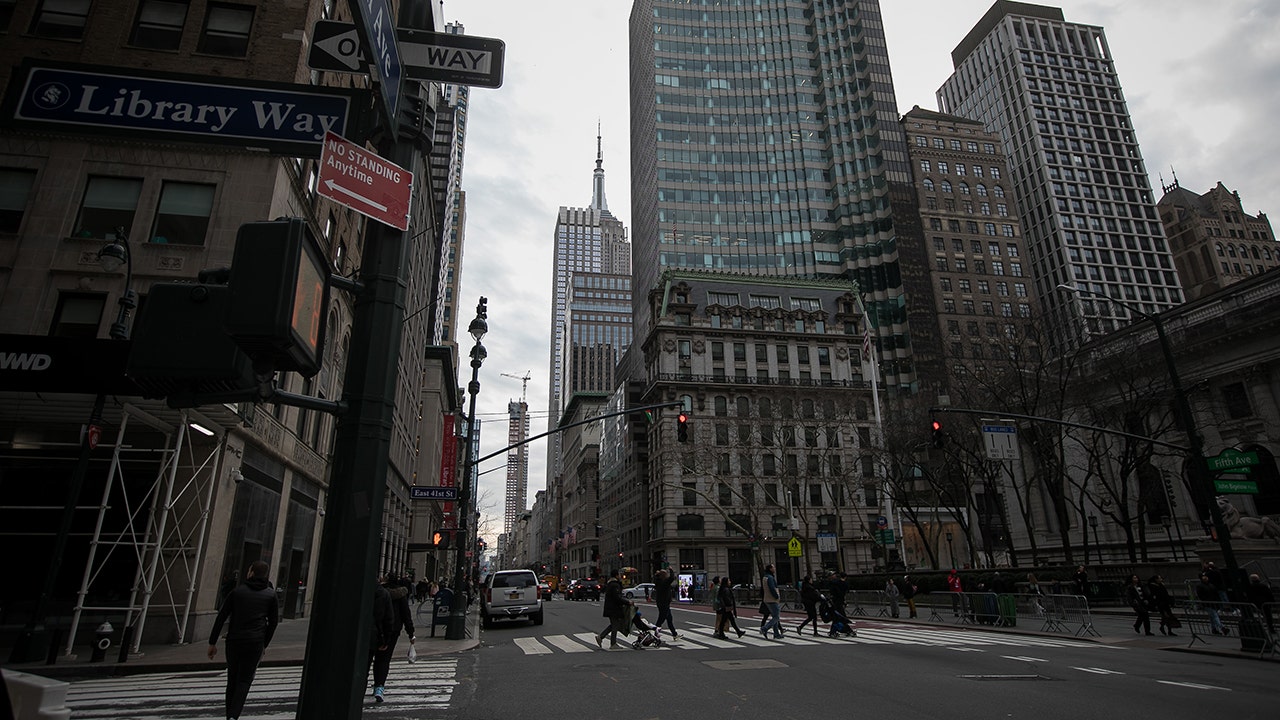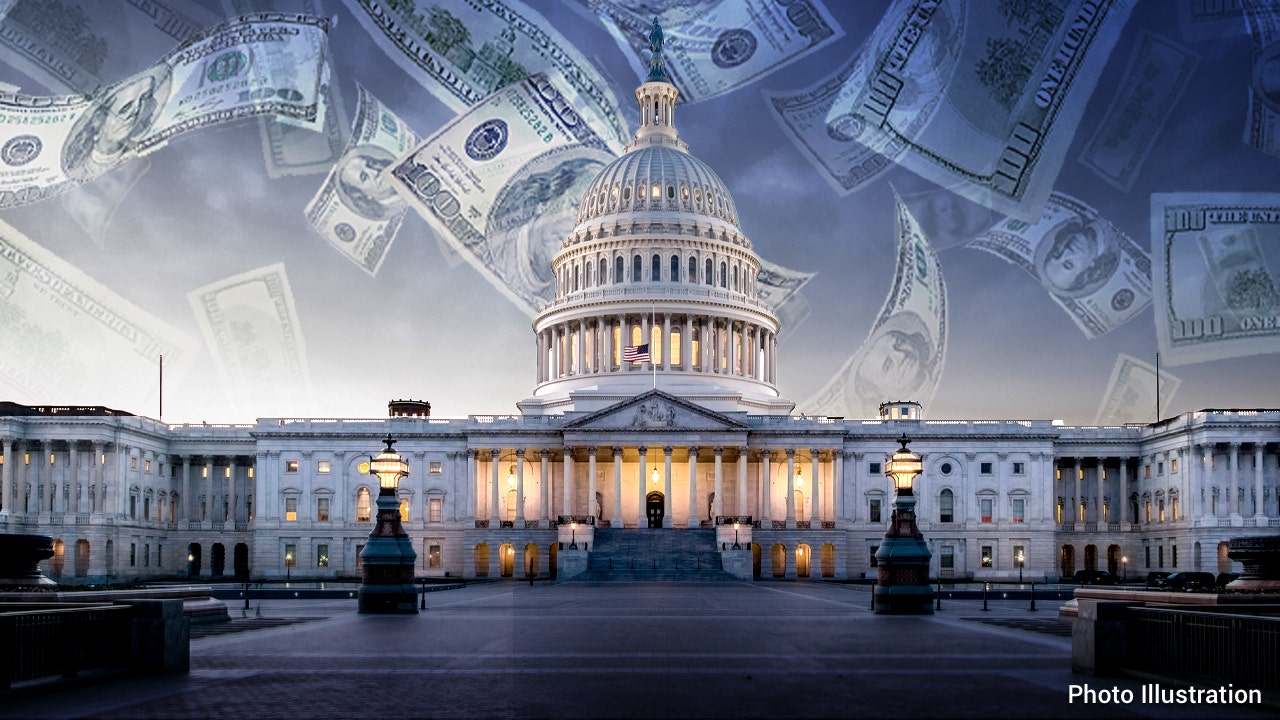And in today's No Shit Sherlock Moment...
Powell Suggests Interest Rates Could Stay High for a Longer Period
The Fed chair, along with the central bank’s No. 2 policymaker, stressed uncertainties over job growth and the persistence of elevated inflation.
The Federal Reserve is likely to wait longer than initially expected to cut interest rates, given stubborn inflation readings in recent months, the central bank’s top two officials said Tuesday.
Policymakers came into 2024 looking for evidence that inflation was continuing to cool rapidly, as it did late last year. Instead, progress on inflation has stalled or even reversed by some measures.
“The recent data have clearly not given us greater confidence and instead indicate that it’s likely to take longer than expected to achieve that confidence,” Jerome H. Powell, the Fed chair, said at an event in Washington on Tuesday.
In a separate speech on Tuesday, Philip N. Jefferson, the Fed’s vice chair, also said the central bank should be prepared to delay rate cuts if inflation remains hot. “While we have seen considerable progress in lowering inflation,” Mr. Jefferson said in a speech at a Fed research conference in Washington, “the job of sustainably restoring 2 percent inflation is not yet done.”
Fed officials in December indicated that they expected to cut rates three times by the end of 2024, and they held to that forecast last month despite hotter-than-expected inflation readings to start the year. Mr. Powell and Mr. Jefferson did not back away from that forecast on Tuesday, but they also did not reiterate it.
Investors have closely watched Fed officials in recent weeks for any hint of changing views on when rate cuts might begin. When the year began, Wall Street analysts expected officials to begin cutting rates in quarter-point increments as early as this spring. That’s because annual inflation had been falling steadily from a high of about 9 percent to about 3 percent, closing in on the Fed’s target.
But progress on inflation has since slowed. Annual inflation, as measured by the Consumer Price Index,
ticked up to 3.5 percent in March. The Personal Consumption Expenditure price index, the measure preferred by the Fed, was up 2.7 percent in February from a year earlier.
As a result, investors have repeatedly pushed back their estimates for when the first rate cut will occur. Hardly anyone expects the Fed to make a move at its next meeting in two weeks, and most investors no longer anticipate a cut in June, either. Investors now see a cut at the central bank’s meeting in July as a coin toss, with many expecting the Fed to wait until September or perhaps even longer.
Other economic indicators have
remained strong. Job growth has consistently exceeded expectations, the unemployment rate has remained low, and consumer spending has proved resilient. That has given policymakers confidence that they can keep interest rates higher without threatening to cause a recession.
“Right now, given the strength of the labor market and progress on inflation so far, it’s appropriate to allow restrictive policy further time to work and let the data and the evolving outlook guide us,” Mr. Powell said, noting that the Fed has the flexibility to cut rates if the labor market weakens unexpectedly.
At the same time, Mr. Powell said he sees signs that the labor market is rebalancing and that the forces that contributed to rapid inflation are continuing to ease. Mr. Jefferson agreed.
“My baseline outlook continues to be that inflation will decline further, with the policy rate held steady at its current level, and that the labor market will remain strong, with labor demand and supply continuing to rebalance,” Mr. Jefferson said.
“Of course,” he added, “the outlook is still quite uncertain, and if incoming data suggest that inflation is more persistent than I currently expect it to be, it will be appropriate to hold in place the current restrictive stance of policy for longer.”





